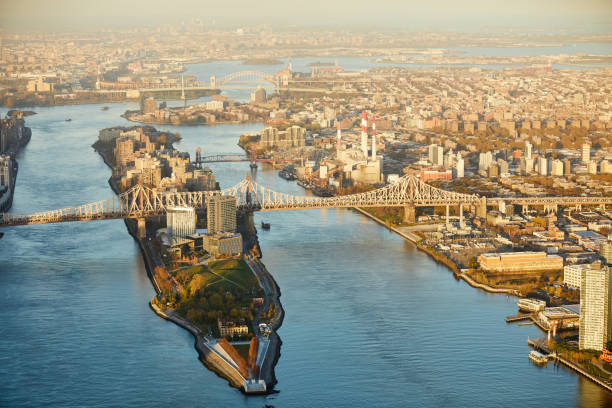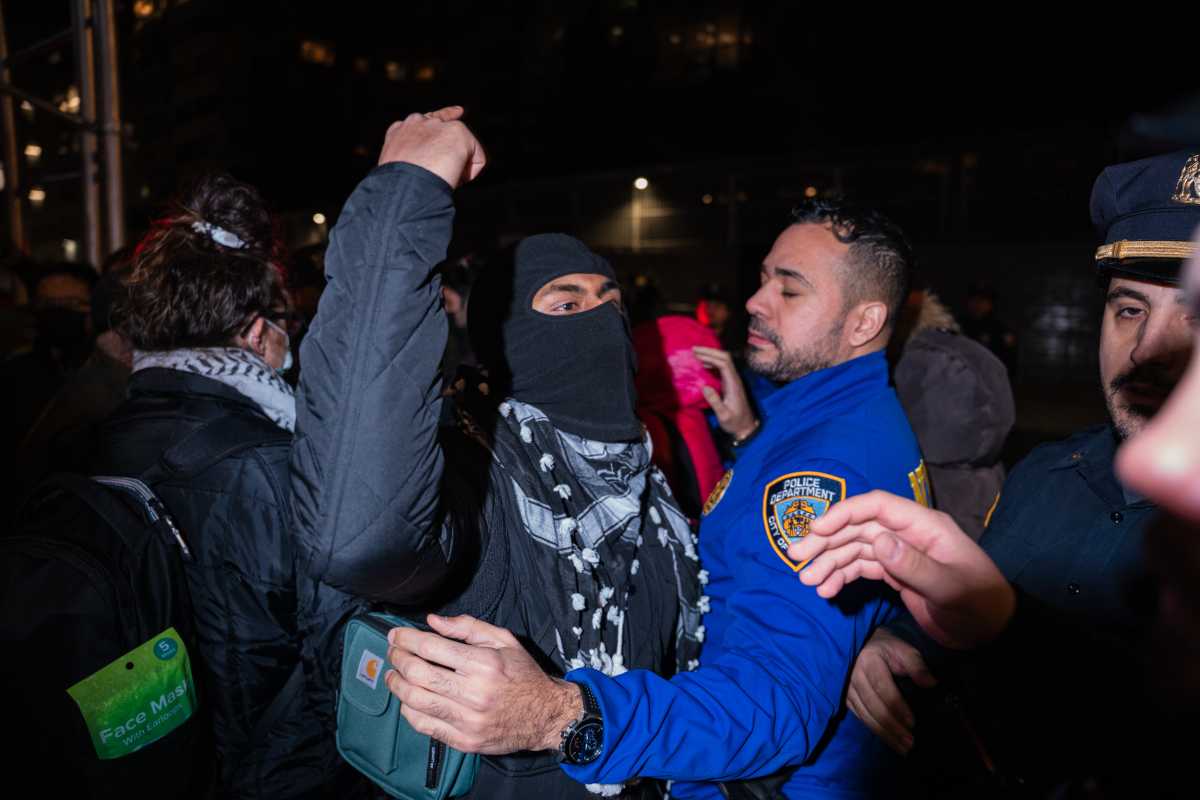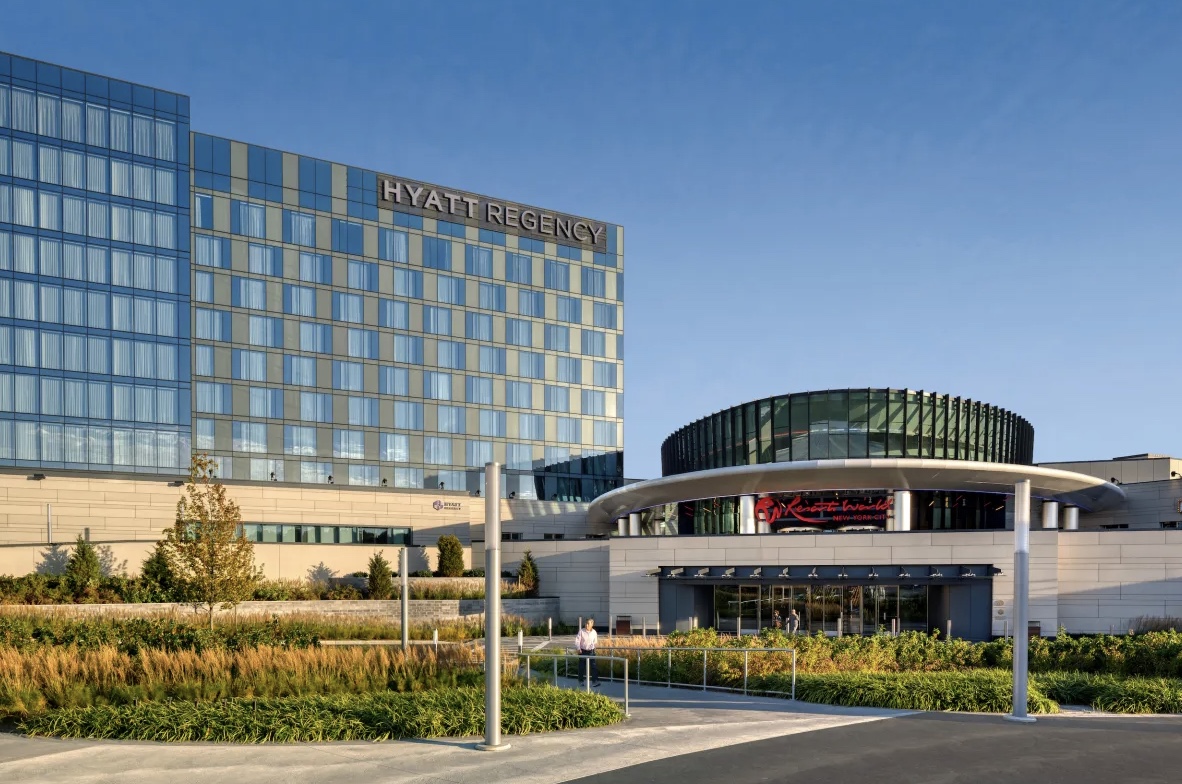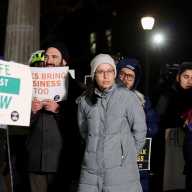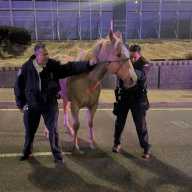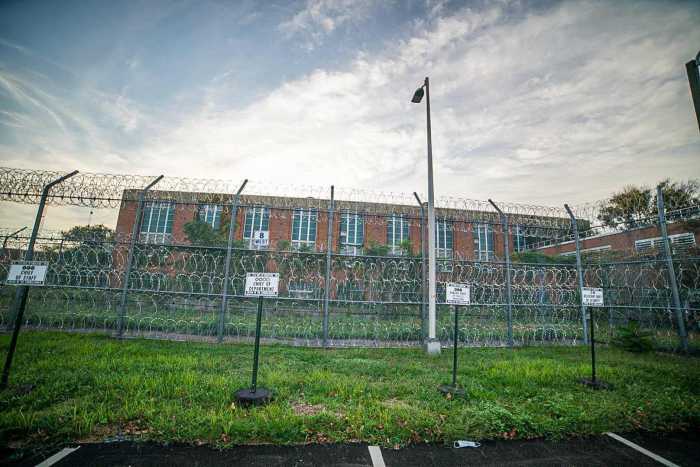City and State officials recently announced a new agreement extending the Roosevelt Island master lease from 2068 to 2078, along with a long-term planning and public engagement effort addressing new housing, redevelopment sites and infrastructure improvements. The full announcement is available at nyc.gov/mayors-office/news/2025/11/mayor-adams–governor-hochul-announce-planning-effort-for-future.
While this may appear to be a Manhattan-focused issue, for anyone who lives or works along the western Queens waterfront, this announcement directly touches our daily reality. The Roosevelt Island Bridge at 36th Avenue is the only roadway access point to the island. Every vehicle that enters Roosevelt Island — emergency units, sanitation trucks, delivery vans, contractors, service vehicles and general traffic — travels through Astoria and Long Island City. There is no Manhattan roadway access of any kind.
Every NYPD, FDNY and EMS response to Roosevelt Island comes from Queens, not Manhattan. Emergency units must cross the Roosevelt Island Bridge from Astoria because that is the only route available. Roosevelt Island’s own Public Safety Department does not replace this need; Queens agencies carry the responsibility for full emergency response. Sanitation access, delivery routing, service trucks, infrastructure work and traffic flow all depend entirely on western Queens. In practice, Manhattan provides the political representation, while Queens provides the operational load.
Despite this, Roosevelt Island has no Queens elected representation whatsoever. All of its elected officials are based in Manhattan. In the New York City Council, Roosevelt Island is part of Manhattan’s District 5. In the New York State Assembly, it is part of Manhattan’s District 76. In the New York State Senate, it is part of a Manhattan–Bronx district. At the community level, it is represented by Manhattan Community Board 8. Not a single elected official or community-district structure connected to Roosevelt Island includes any portion of Queens, even though Queens delivers nearly all essential services.
This creates a structural problem that cannot be defended: Manhattan makes the decisions, while Queens absorbs the real-world impacts. Roosevelt Island’s political alignment with Manhattan is a 50-year-old artifact from an era when the island functioned very differently. Today, its daily operations are tied to western Queens. Any serious planning process must reflect that.
Three steps should guide the City and State as this planning initiative moves forward.
1. Formal inclusion of Queens representation in all planning activities.
Queens Community Board 1, western Queens civic organizations, and Queens elected officials must be included in every planning and scoping meeting connected to the Roosevelt Island lease extension and redevelopment proposals. Roosevelt Island’s emergency access, sanitation routing, bridge traffic and service demands all flow through Astoria and Long Island City. Western Queens representatives — including Queens Borough Hall, the local State Assembly and Senate delegation whose districts border the bridge corridor and the NYC Council Members whose districts cover the waterfront — must be present from the start. Without Queens at the table, the planning process does not reflect the realities on the ground.
2. A public analysis of service and infrastructure impacts.
Any redevelopment or new housing must be accompanied by a transparent assessment of how it will affect Queens-based services. This includes fire and EMS response times, NYPD access, sanitation routes, traffic on Vernon Boulevard and 26th Avenue and load capacity on the Roosevelt Island Bridge. These analyses must be published with clear staffing, capital and operating implications, along with how they will be funded.
3. A formal review of community-district and political representation.
The City should evaluate transferring Roosevelt Island from Manhattan Community District 8 into Queens Community District 1, or establishing a joint-governance model that grants Queens a binding role in decisions involving Roosevelt Island land use, infrastructure and long-term planning. If western Queens carries the responsibility, western Queens must share the authority.
In addition, at least one official public meeting in this planning process should be held in Astoria or Long Island City. Residents on the Queens side deserve an opportunity to ask how proposed changes to Roosevelt Island will affect their own neighborhoods. There is no justification for restricting all public engagement to Manhattan when the island is operationally tied to Queens.
The City and State have opened a door to reconsider Roosevelt Island’s future. If western Queens does not actively participate, the planning will move forward without accounting for the burden on our streets, infrastructure and emergency services. That outcome would be unfair to the communities that support the island every day.
Roosevelt Island is a unique place, and this proposal respects that. But planning must be based on facts, not historic boundaries. When you cross the Roosevelt Island Bridge, you enter a community whose access, safety and essential services depend on Western Queens. Any long-term plan for Roosevelt Island must recognize that in its governance, its representation and its shared responsibilities.
Western Queens has earned its place in this conversation. It is time for the City and State to acknowledge it.
Richard Khuzami is president of the Old Astoria Neighborhood Association.

